Vacuum tubes and computing
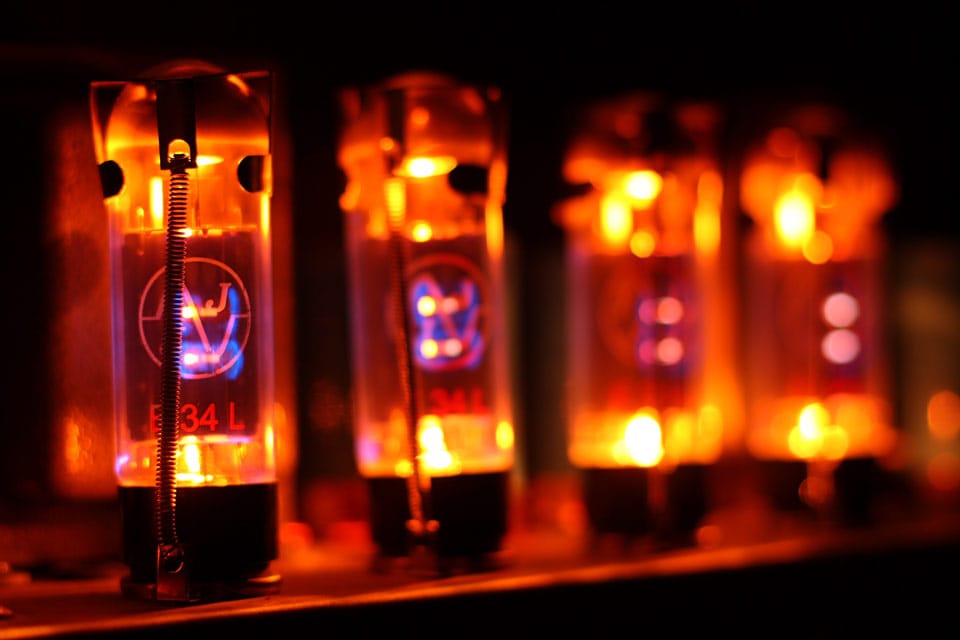
Andrew Jia
In the modern world, vacuum tubes see use in a very limited range of applications and may be regarded as obsolete technology. However, they have played an important role in computing history.
The first vacuum tube device was conceived in 1904 by John Fleming and took the form of a diode. These tubes, functionally similar to semiconductor diodes prevalent today, had two electrodes which only allowed current to pass in one direction. For this reason, it was christened the Fleming Valve. Fleming was a scientific advisor under the Marconi Company, a telecommunications firm, and was seeking a replacement for the magnetic detector (a device for receiving morse code messages). The device would need to convert alternating radio frequencies into direct current.
Vacuum tubes work on the principle of thermionic emission. 20 years before Fleming’s invention, Thomas Edison observed that a current would flow between a hot and a cold electrode in a bulb. He named it the Edison Effect, but this phenomenon was mostly ignored until Fleming’s experiments. A tube diode in its simplest form has a carbon lamp filament –the cathode - and a metal plate –the anode. The carbon filament is heated, giving charged particles enough kinetic energy to jump through a vacuum and onto the plate. Current cannot flow from the plate to the filament, since the filament is not heated.
In 1908, a similar device, the triode, was patented by American inventor Lee de Forest. As the name suggests, the triode uses three connections. The heated cathode and plate from the Fleming valve are retained, however the triode introduces a third electrode, named the control grid. The control grid (or simply ‘grid’) is a fine wire mesh which surrounds the cathode and may have a potential difference applied across it. A negatively-charged grid repels incoming electrons, thereby limiting the number that reach the anode. In this way, by varying the charge of the grid, the current flowing through the tube can be precisely controlled. The triode (originally named the ‘audion’) was an important milestone in communication technology, as it was the first device capable of amplification (using a small current to control a larger one). The audion was also used in radio equipment to boost weak electromagnetic waves or radio signals. In addition, this method was able to manipulate sound waves; the previously available ‘spark gap transmitters’ could only handle crude electromagnetic disturbances for morse code.
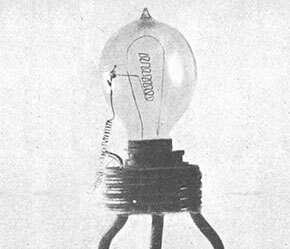
A good 40 years later, vacuum tubes would see use in computers. Electromechanical computers capable of executing a limited number of tasks were heavily developed during the Second World War. Notably, codebreakers at Bletchley Park use machines such as Colossus to decipher intercepted Nazi communications. However, although groundbreaking at the time, these devices had several major drawbacks: they were slow and labour-intensive to run, and suffered frequent mechanical failures. Vacuum tubes allowed for the construction of the first pure-digital computer: ENIAC.
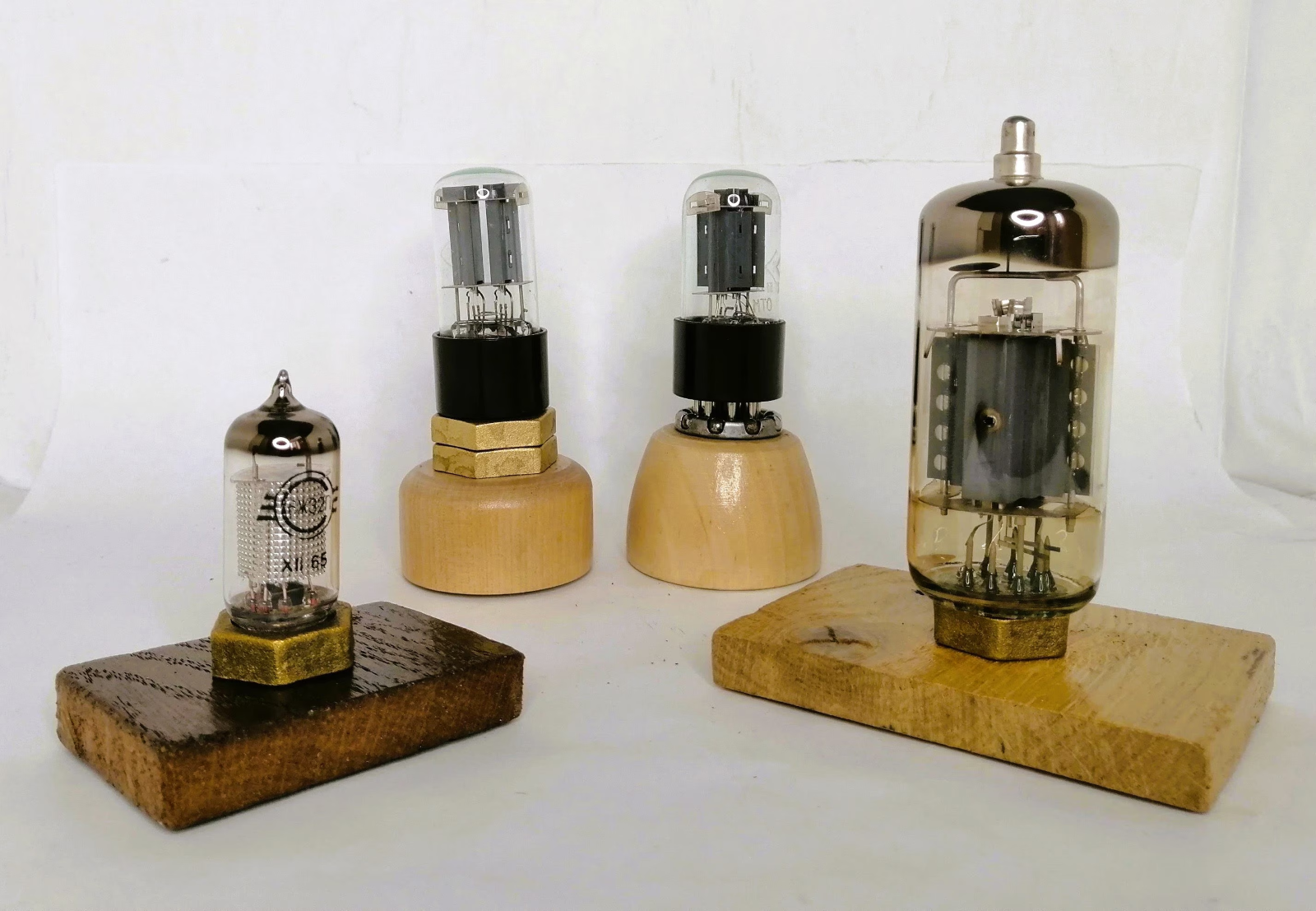
ENIAC (Electronic Numerical Integrator and Computer) was the first general purpose, programmable computer. Because it had no moving parts, ENIAC could perform complex calculations at unrivalled speeds. In more technical vocabulary, it could process about 500 FLOPS (floating point operations per second). By comparison, Bell Lab’s Model V, an electromechanical computer built in 1946, performed at a speed of 1.2 flops. The newest iPhone can handle over two teraflops.[^https://en.wikipedia.org/wiki/Computer_performance_by_orders_of_magnitude] ENIAC also supported conditional branching: the ability to modify instructions based on the current state of variables, rather than performing a series of tasks in some set order.
The machine was commissioned by the US government at the height of the Second World War; it was originally intended to calculate the trajectories of artillery shells. However, the computer was completed only well after the end of the war. Thanks to its flexible nature, ENIAC was repurposed for the US nuclear research programme.
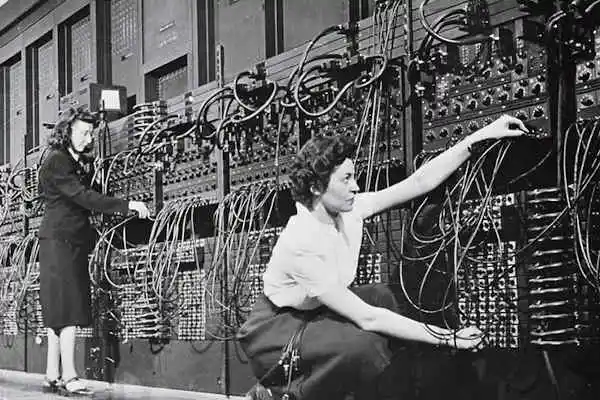
Unfortunately, this machine also had several less-than-desirable characteristics. First of all, ENIAC’s footprint was immense: a 15-by-9-metre basement under a school was dedicated to the computer. It consisted of 40 panels, 60cm square by 2.4m deep, arranged in a U-shape covering three walls. Unsurprisingly, construction cost the government a hefty sum—400 thousand dollars—well beyond the reach of most organisations.[^https://www.britannica.com/technology/ENIAC] Its panels housed over 17,000 vacuum tubes, which were constantly powered, even when unused, to extend tube life. The system also employed a complex cooling system. Perhaps the greatest flaw preventing ENIAC from becoming the ideal universal computer was its speed of operation. Punch cards were already the norm for data storage in numerous computers, most notably in IBM machines, but required a slow mechanical reader. With ENIAC, algorithms could be run at electronic speed, but instructions had to be ‘programmed’ using plugboards. Consequently, running the machine was labour-intensive and rewiring the plugboards could take several days.
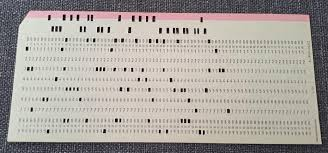
A handful of models followed ENIAC, with several later computers targeted towards business and even consumer markets. Digital computers using vacuum tubes are now labelled as first-generation computers. Size, cost and computing power were the limitations that gradually drove vacuum tube computers out of favour. Research in semiconductor materials led to the invention of the transistor in 1947. This marked the end to a short-lived, although critical, era in the development of modern computer architectures.
Reading:
- Thomas L. Floyd Electronic Devices, 2nd edition
- https://en.wikipedia.org/wiki/Vacuum_tube#Other_vacuum_tube_devices
- https://en.wikipedia.org/wiki/Control_grid
- https://www.hp.com/ca-en/shop/offer.aspx?p=computer-history-all-about-the-eniac
- https://www.mapcon.com/us-en/the-vacuum-tube-in-computer-history
- https://en.wikipedia.org/wiki/Vacuum-tube_computer#Start_of_the_computer_industry
- https://en.wikipedia.org/wiki/ENIAC
- https://appleinsider.com/articles/22/09/26/how-iphone-speeds-have-grown-in-the-last-5-years



